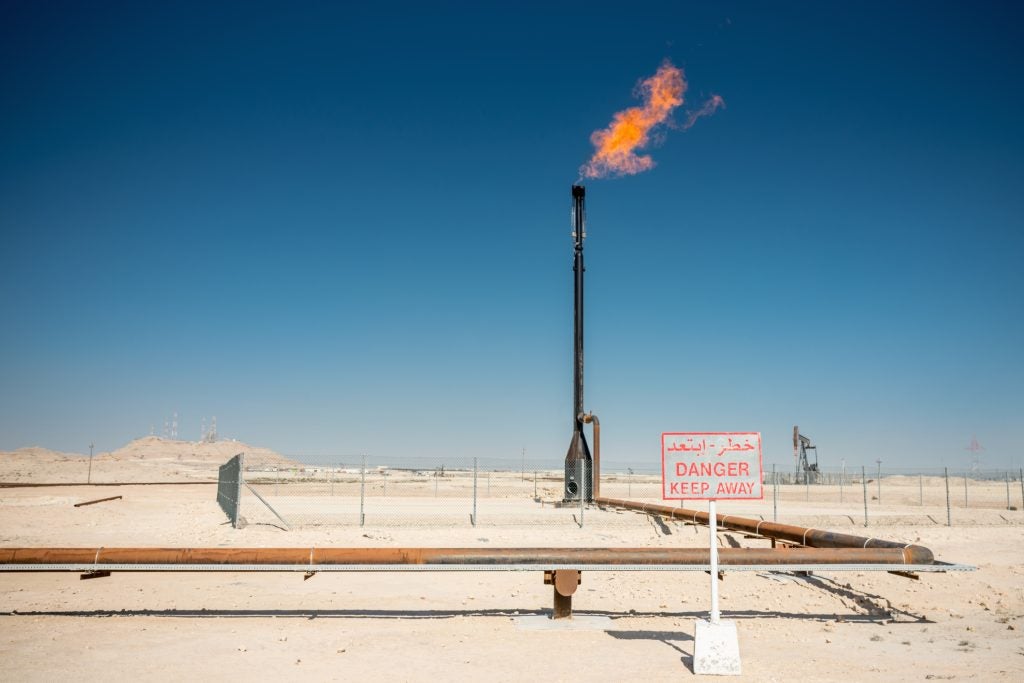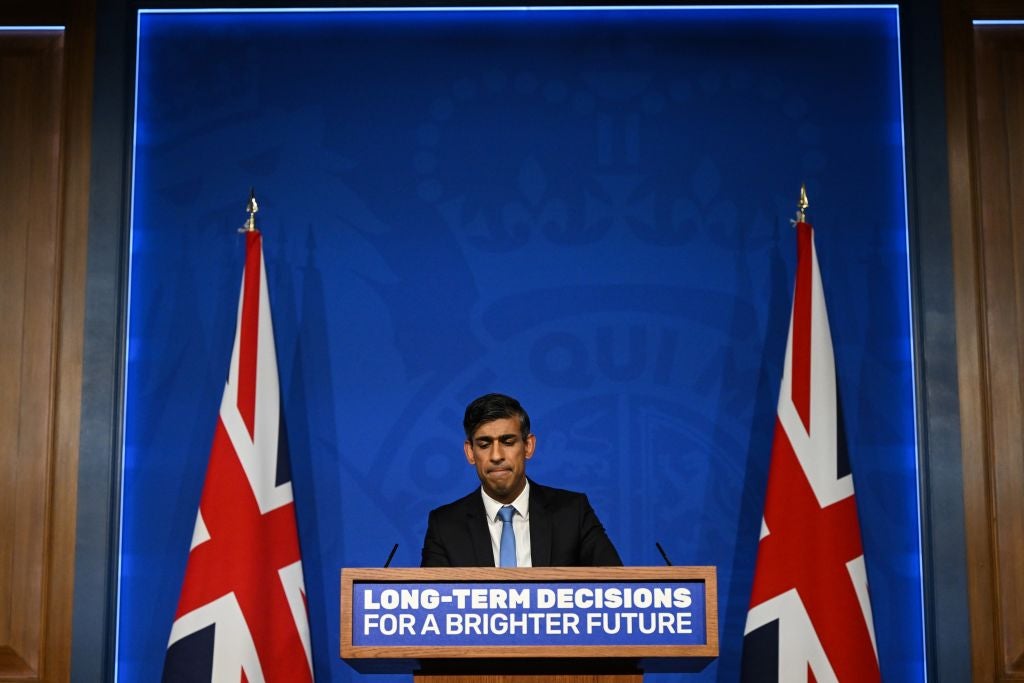The quiet Romanian village of Ratesti lies not far from the banks of the Arges river, 91km north-west of the country’s capital, Bucharest.
The place garnered attention in May last year when Econergy and Nofar, two renewable energy companies from Israel, hired Turkish and Chinese green energy companies INTEC and CHINT to build a 154MW solar power plant in Romania.
“The [solar park] project has been delayed, but it has now been completed and is due to be commissioned in the coming weeks,” says Sorin Ionita, expert in public administration reform and development at Expert Forum, a Romanian think tank that specialises in public policy and governance reform. “This isn’t Chinese investment, but an Israeli one [Econergy and Nofar].”
CHINT is one of nine China-based companies that have officially launched FDI projects in central and eastern Europe (CEE) since 2019, according to the FDI Projects database from GlobalData, Investment Monitor's parent company. Among the preferred industries targeted by Chinese investors, automotive, electronics and logistics came out on top.
CHINT has partnered with INTEC on three other solar power plants in Romania, Poland and Hungary since 2022.
In a press statement issued about the solar park at Ratesti last year, INTEC welcomed the “long history of cooperation” with CHINT and added that the two companies “are looking forward to continuing their cooperation in this regard in this latest project”.
However, experts consulted by Investment Monitor paint a completely different picture of the Chinese FDI landscape in the renewables sector.
China’s waning influence in CEE
China has long been seeking to exert greater influence in the CEE. In 2012, Beijing launched the China-CEEC initiative, hoping to promote the country’s Belt and Road Initiative in the region and scale up investment in infrastructure, transportation and logistics.
The project quickly drew criticism from western European countries, who were concerned that it was meant to divide and split the EU over China politics.
However, following Russia’s invasion of Ukraine last year, the optics changed. A few weeks before Kremlin’s tanks crossed the border into Ukraine and towards Kyiv, Chinese President Xi Jinping declared a "no-limits friendship" with his Russian counterpart Vladimir Putin.
Pawel Czyzak, energy and climate analyst, says things have changed quite rapidly since Covid-19. The think tank he works for, Ember, uses data to track countries’ transition to clean energy.
“It is very much a history of geopolitics”, he continues, referring to China’s ambiguous relationship with Russia. “And then we had a very strong push from the EU and US as well.”
The number of foreign investments in the region has dropped significantly since 2020, according to the FDI Projects database. Overall, in nine out of 20 CEE countries (excluding Ukraine), there were no FDI projects announced and sponsored by Beijing between January and September 2023.
However, the picture is a bit more split in the EU.
While countries such as Romania and the Czech Republic have managed to shed off Chinese influence to an extent in the past few years, other EU member states such as Hungary have tapped more into Beijing’s money.
[Link src="https://www.energymonitor.ai/all-newsletters/" title="Keep up with Energy Monitor: Subscribe to our weekly newsletter" font-size="20px"]In July this year, Ningbo Zhenyu Technology, a company from Ningbo, Zhejiang, announced plans to spend $65.9m (477.76m yuan) on a new factory in Debrecen, Hungary’s second-biggest city after Budapest. The factory will produce electric car battery components for its European customers and is expected to open by the end of 2027.
Still, when it comes to the green energy sector, some experts are sceptical about whether Chinese investors are truly absent from the CEE market.
Eugenia Gusilov, director and founder of Romania Energy Centre, an English-language think tank that covers energy and international affairs, among other issues, notes that it is sometimes difficult to identify where capital for investment projects comes from.
According to her, that is mainly because investors go for special purpose vehicles; in other words, they set up a company for the project, not necessarily a Romanian subsidiary with a Chinese name.
“From the name of the company created for a solar or wind farm you cannot always tell who the investor is and where he comes from,” notes Gusilov.
The reasons behind this are unclear. Gusilov says she doubts this is because of general scepticism towards China.
“I wouldn't say that scepticism currently extends to renewable projects," she tells Investment Monitor. "People were sceptical when Chinese investors wanted to invest in the coal or nuclear sectors, the latter of which is strategic and sensitive.”
FDI or not, China is still a dominant player in the renewable energy market
Outside FDI, China continues to maintain a monopoly over the export of renewable energy products.
For instance, the Romanian government provides subsidies for households to invest in solar panels and switch to green energy through its Green House programme.
In a recent analysis published by Radio Free Europe/Radio Liberty – Romanian Service (RFE/RL), hundreds of Romanian companies, which have been recently established, are competing to attract clients via product offerings that mainly come from China.
The numbers seem to confirm Europe’s dependence on Beijing as a supplier of green technology. Between 2021 and 2022, around €18.5bn, or 91% of all photovoltaic import expenditure, was spent on Chinese products, according to a study cited by RFE/RL.
In addition, the amount of Chinese solar modules imported by European countries increased by 112% to around 87GW direct current (GWdc).
However, within the realm of FDI, a clear direction is emerging. Czyzak tells Investment Monitor that he hasn’t noticed any change in attitudes regarding China in eastern Europe.
“From what I am seeing, there is now a much-increased presence of US market players in the region,” Czyzak states. “American companies that operate in the region, they have a lot of support from their embassies or from the Chamber of Commerce from the local governments on the other side, as well. For Chinese companies, the same level of support is pretty much non-existent right now.”
Editor’s note: This article originally appeared on our sister site Investment Monitor.














